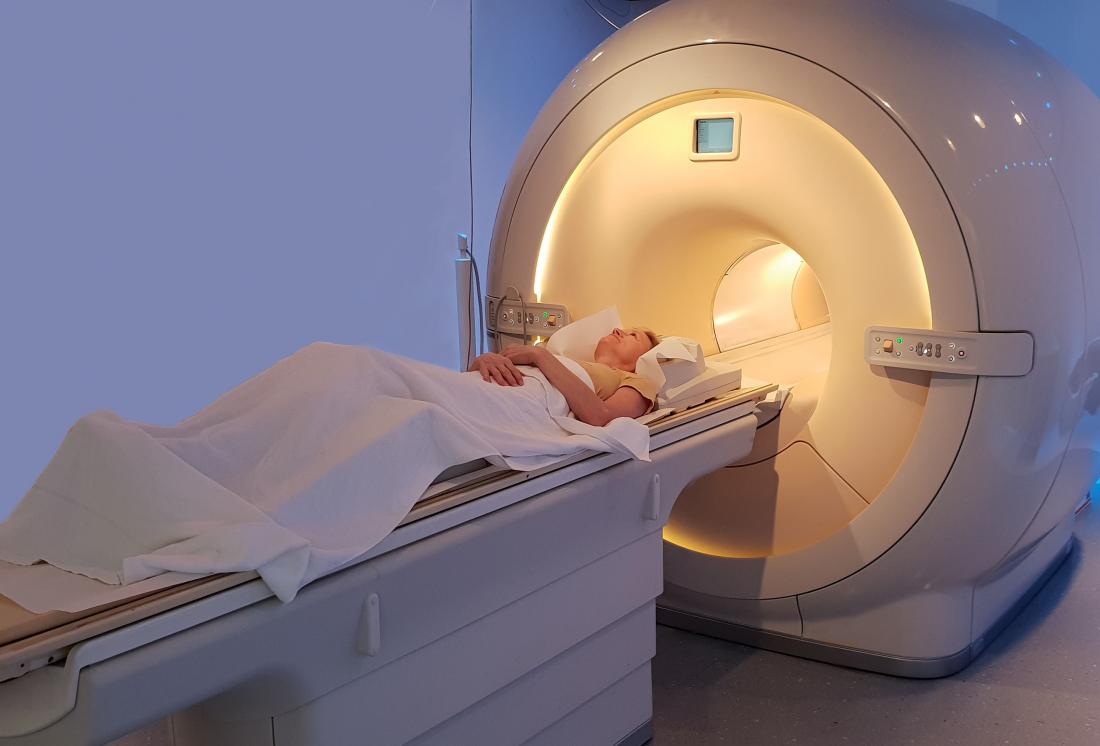A man in his 50s is the first of seven patients to receive the experimental therapy.
- By David Cyranoski, Nature magazine on November 15, 2018

A man in his 50s is the first of seven patients to receive the experimental therapy.
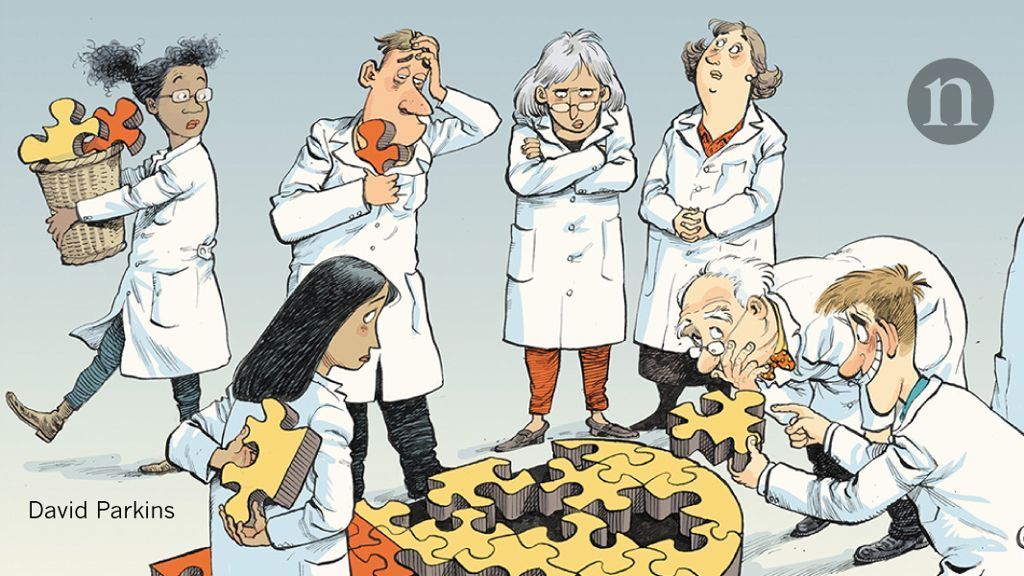
Practices to enable more-thorough, earlier analyses of failed developments should be adapted to treatments for other challenging diseases, and should be part of regulators’ responsibilities. This will ensure that clinical research evaluates treatments faster and with more certainty.
Access to evidence from disappointing drug-development programmes advances the whole scientific process, explain Enrica Alteri and Lorenzo Guizzaro.

It’s imperative that Humanity understands the reality of warfare in these times when advanced and secret technologies are used against us on a daily basis.
From WiFi and cell phone frequencies to televisions and microwave ovens on up to the most exotic sonic weapons—it’s all disruptive and even lethal to the Human body and mind.
Because these weapons are silent and invisible, the war-loving aspects of society have been able to experiment with these methods for decades but the time for secrecy and these covert attacks on the life on our planet has come to an end.
What harm does it do? We can see the carnage if we will just look. Whales and dolphins washing up by the hundreds on beaches, bleeding from their ears, flocks of birds falling from the sky with no outward trauma, multiple forms of cancer rampant… it’s endless.
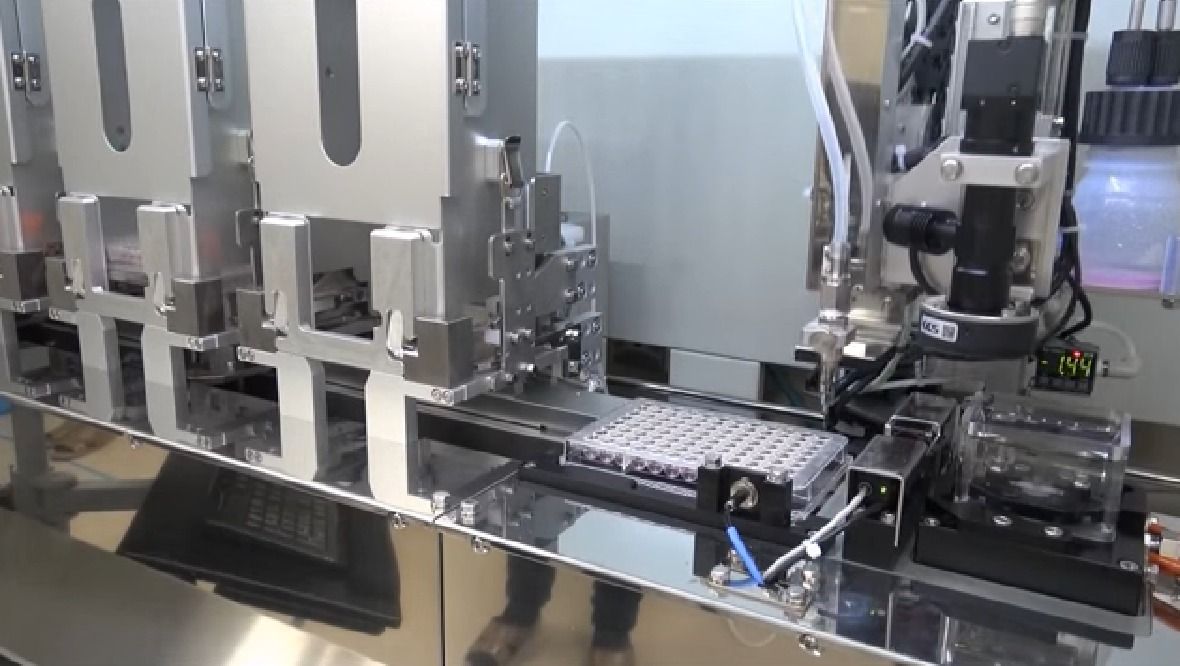
After successfully transplanting the first 3D-printed cornea in an animal, North Carolina company Precise Bio has recently announced the launch of a dedicated business for creating marketable, 3D-printed products for human eyes. Founded by scientists from the Wake Forest Institute of Regenerative Medicine, this company is developing bio-fabrication printers that can restore cells, tissues, and organs. Their proprietary technology, a 4D bio-printing platform, is said to resolve existing limitations presented by other bioprinters to enable more complex tissues to be engineered for transplants and treatments. By focusing on developing marketable products for the eye, the company aims to achieve rapid advancement in its field and move to overhaul the whole organ transplant system.
When a cornea is damaged by disease or injury, a replacement is often needed to restore vision. Transplant surgery using donated corneas is an available solution, however, it relies on a deceased donor. While the waiting list in the United States is nearly non-existent, other countries require longer wait times, some over a year, before one is available. The Eye Bank Association of America estimates that around 10 million people suffer from corneal blindness that could potentially be restored via transplant surgery. An artificially manufactured cornea would overcome supply limitations while also contributing to the knowledge base to develop more complex organs such as hearts and livers.

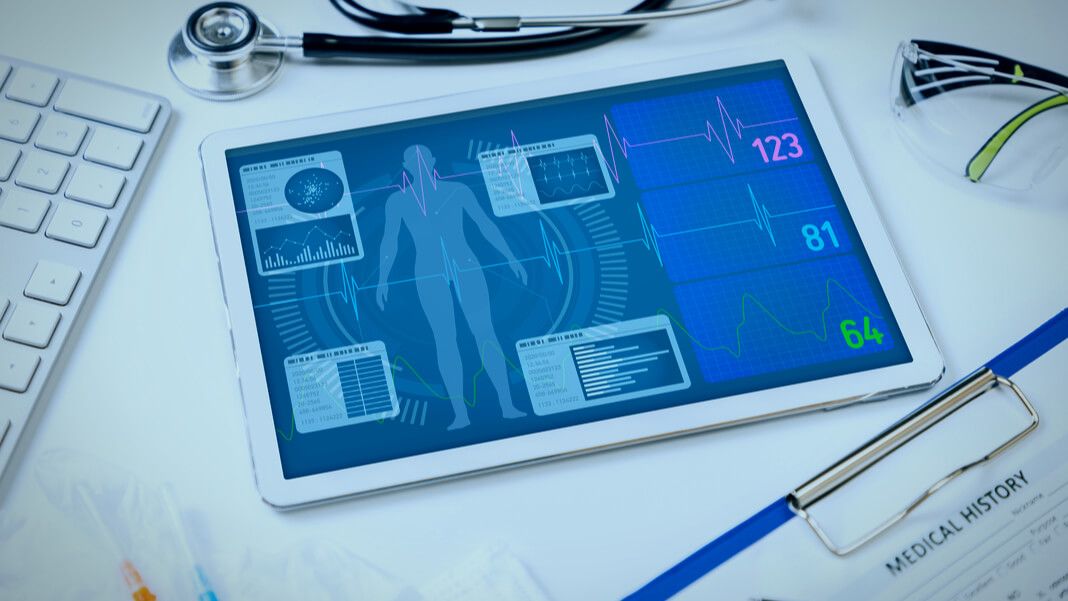
If you think you’ve got a bad case of the travel bug, get this: Dr. John Halamka travels 400,000 miles a year. That’s equivalent to fully circling the globe 16 times.
Halamka is chief information officer at Harvard’s Beth Israel Deaconess Medical Center, a professor at Harvard Medical School, and a practicing emergency physician. In a talk at Singularity University’s Exponential Medicine last week, Halamka shared what he sees as the biggest healthcare problems the world is facing, and the most promising technological solutions from a systems perspective.
“In traveling 400,000 miles you get to see lots of different cultures and lots of different people,” he said. “And the problems are really the same all over the world. Maybe the cultural context is different or the infrastructure is different, but the problems are very similar.”
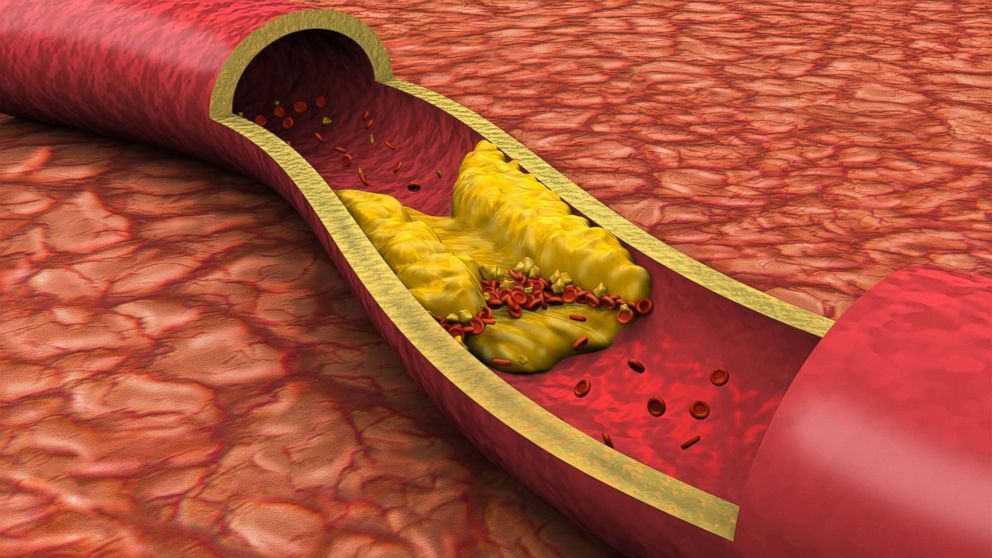
Heart disease is the leading cause of death in the U.S.
The American Heart Association and the American College of Cardiology, who have medical experts from around the nation on the writing committee, have released updated guidelines on managing cholesterol to minimize the risk of heart attack, stroke, and death. The new guidelines advocate for more aggressive treatment with statin therapy and getting LDL cholesterol counts, commonly referred to as “bad cholesterol” to your target level –- in general, less than 100mg/dL; for those with risk factors, less than 70mg/dL.
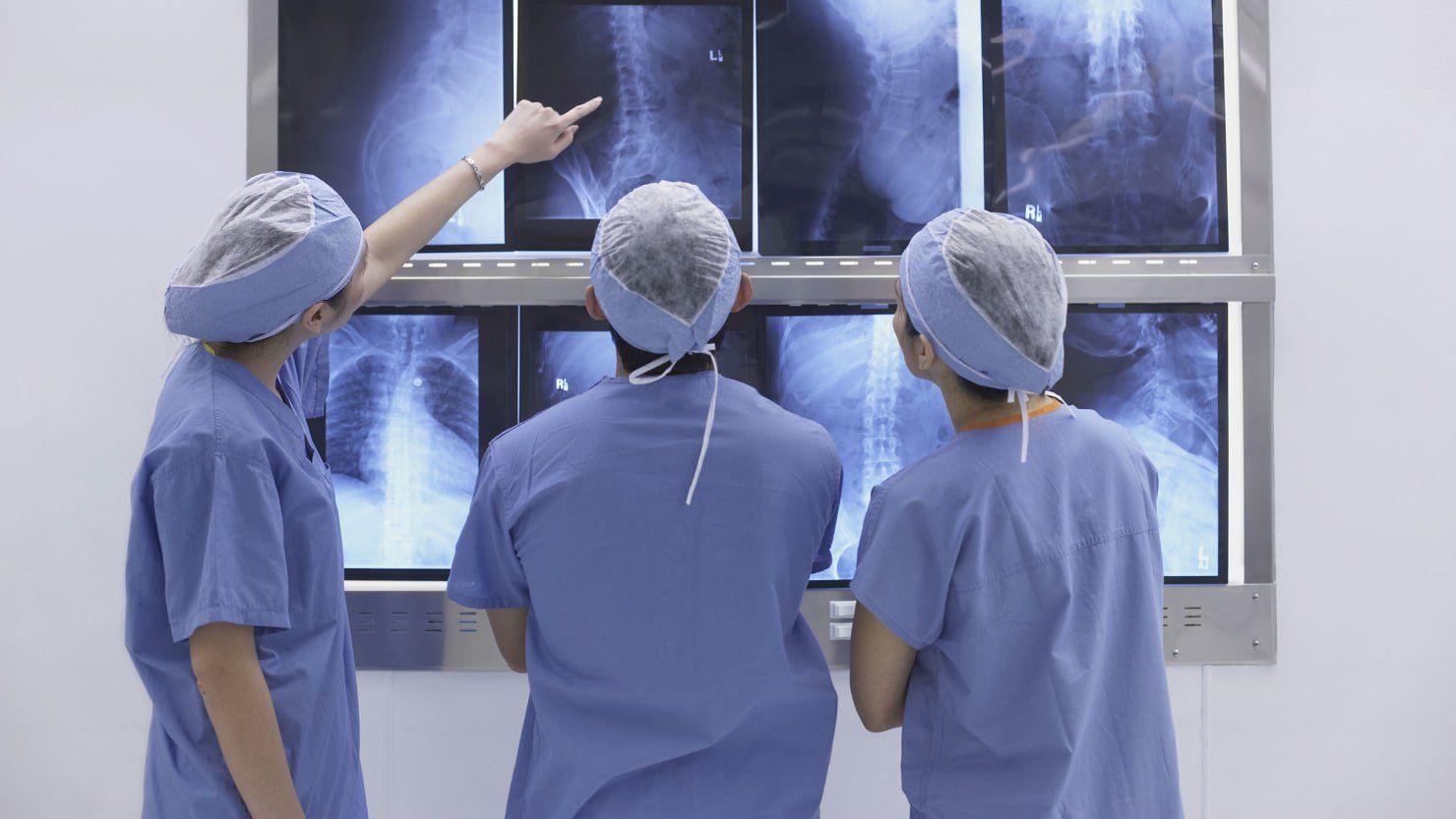

The number of children being stricken by a mysterious paralyzing condition continues to increase, federal officials say.
At least 252 cases of acute flaccid myelitis, or AFM, have been reported to the Centers for Disease Control and Prevention so far this year from 27 states, including 90 that have been confirmed through Nov. 9, the CDC reported Tuesday.
Most of the cases have occurred among children between the ages of 2 and 8.
